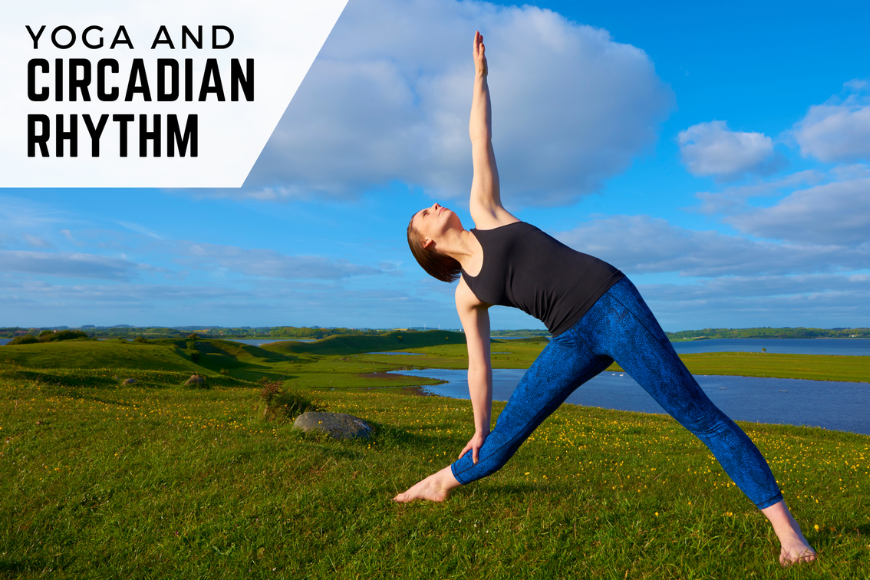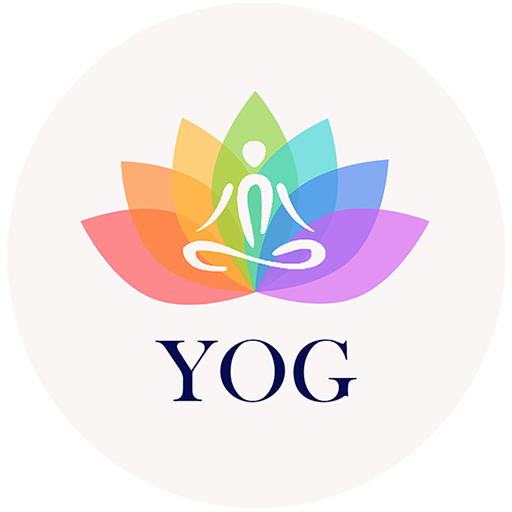How can Yoga help set an ideal Circadian rhythm for you?
Yoga has been known for ages, but one of the lesser-known facts about yoga is that it helps to set an ideal circadian rhythm for your body. Circadian rhythm is the natural process by which the body regulates its sleep-wake cycle. This cycle is controlled by a group of cells in the hypothalamus called the suprachiasmatic nucleus (SCN). The SCN is sensitive to light and uses it to synchronize the body’s internal clock with the external environment. Its importance was not known till recent years.
Prof Satchin Panda from Salk University has done well-known research on the Circadian cycle rhythm and explains the role it plays in our overall well-being. I have watched his YouTube videos and remembered one of the quotes which were said by elders all the time – Early to bed and early to rise makes a man healthy, wealthy, and wise. This is so much connected to the natural cycles of our body and earth. The research focuses on the circadian regulation of behavior, physiology, and metabolism in model organisms and in humans. He discovered a blue-light sensing cell type in the retina that entrains our master circadian clock, affects mood, and regulates the production of the sleep hormone melatonin. He also found that maintaining a daily feeding-fasting cycle – popularly known as intermittent fasting – can prevent and reverse metabolic diseases. For more details on this research. His books – The Circadian Code and The Circadian Diabetes Code are excellent resources for knowing more about this subject.
So how is all this connected with Yoga?
Practicing yoga at specific times of the day can help to regulate the body’s internal clock. For example, doing yoga in the morning can help to set the body’s clock for the day, making it easier to wake up in the morning and stay alert during the day. Similarly, practicing yoga in the evening can help to prepare the body for sleep, making it easier to fall asleep at night.
Yoga poses such as the forward bent (Uttanasana) and child’s pose (Balasana) have a calming and cooling effect on the body and mind, helping to reduce stress and anxiety. This can be especially beneficial for those who have trouble falling asleep or staying asleep.
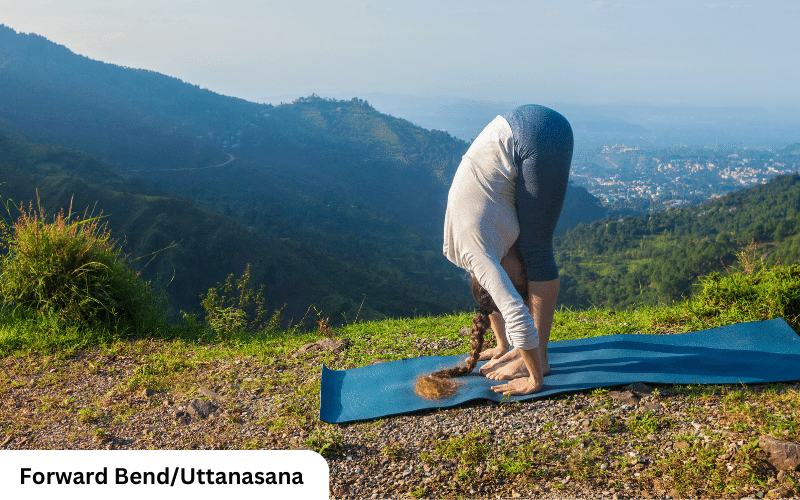
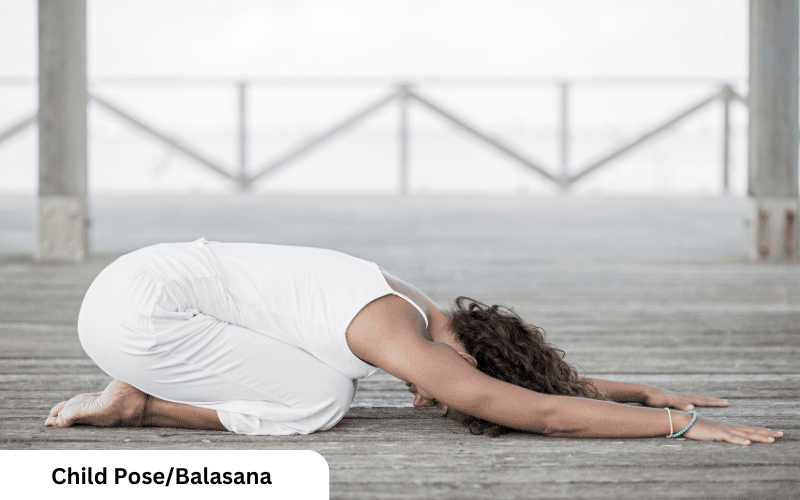
Poses such as the fish pose (Matsyasana), legs-up-the-wall pose (Viparita Karani), and corpse pose (Shavasana) can also be helpful with deep and peaceful sleep.

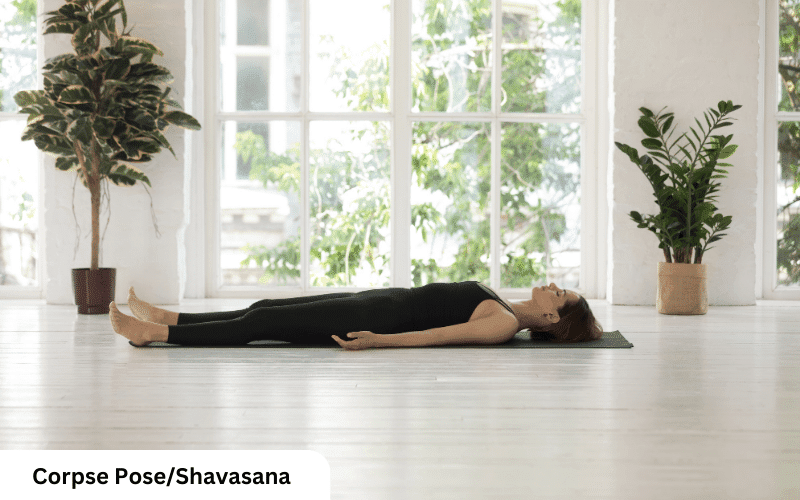
In addition to specific yoga poses, certain breathing techniques, can also help to regulate the body’s internal clock. This technique involves breathing in for a count of four, holding the breath for a count of seven, and then exhaling for a count of eight. This helps to slow the heart rate, lower blood pressure, and relax the body and mind, making it easier to fall asleep and thereby balancing the sympathetic and parasympathetic nervous systems.
In conclusion, yoga can be an effective tool for helping to set and regulate the body’s circadian rhythm. By practicing yoga at specific times of the day, even for a short time, using specific poses, and incorporating breathing techniques, it’s possible to improve the quality of sleep and make it easier to fall asleep and stay asleep. Regular practice of yoga can be incorporated into a daily routine for better sleep and to regulate the circadian rhythm. It’s a holistic approach toward overall well-being.
References: The Circadian Code book by Dr Satchin Panda

